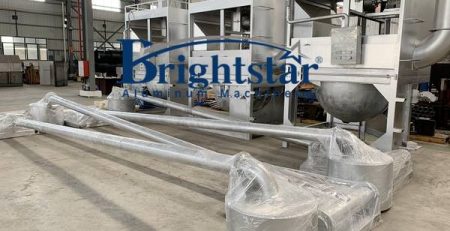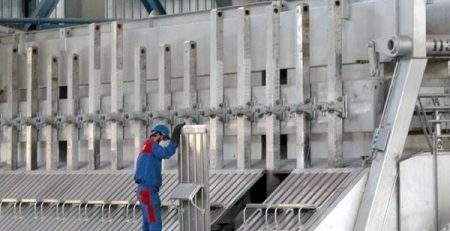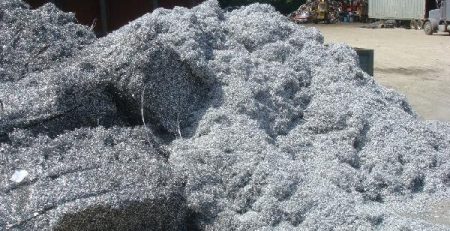What are the similarities and differences between aluminum chips and ordinary aluminum melting furnaces?
What are the similarities and differences between aluminum chips and ordinary aluminum melting furnaces?
What are the similarities and differences between aluminum chips and ordinary aluminum melting furnaces?
The process of melting aluminum chips and using ordinary aluminum melting furnaces involves some key similarities and differences.
Here’s a detailed comparison:
Similarities
Material:
Both processes involve melting aluminum, whether it be in the form of chips or bulk materials.
Basic Melting Principles:
Both types use high temperatures to transition aluminum from a solid to a liquid state.
The melting process aims to produce molten aluminum that can be cast into desired shapes.
Energy Source:
Both processes typically use similar energy sources, such as electric resistance, gas, or oil burners, to generate the required heat.
Alloying and Refining:
In both cases, alloying elements may be added to the molten aluminum to achieve specific properties.
Refining steps, like degassing and fluxing, are also used to remove impurities and gases.
Differences
Feedstock Form:
Aluminum Chips: Small, irregular pieces often generated as waste from machining or other processing activities.
Ordinary Aluminum: Usually in the form of ingots, billets, or larger solid pieces.
Preparation:
Aluminum Chips: May require additional preparation steps, such as cleaning to remove oils, lubricants, or other contaminants from machining processes.
Ordinary Aluminum: Generally cleaner and may not require as extensive preparation before melting.
Melting Efficiency:
Aluminum Chips: Due to their high surface area-to-volume ratio, aluminum chips can melt faster but may also oxidize more quickly.
Ordinary Aluminum: Larger pieces melt more slowly but are less prone to oxidation because of the lower surface area relative to their volume.
Furnace Design:
Aluminum Chips: Often require furnaces designed to handle the increased oxidation and the higher volume of dross (oxidized aluminum) produced, so a double chamber aluminum chips melting furnace with a vortex system is applied to produce aluminum chips. They might also need specialized loading mechanisms to handle the small, lightweight chips.
Ordinary Aluminum: Standard melting furnaces are typically designed to handle larger, denser pieces of aluminum, which produce less dross.
Heat Distribution:
Aluminum Chips: Ensuring uniform heat distribution can be more challenging due to the irregular shape and size of the chips.
Ordinary Aluminum: Larger pieces provide more predictable heat distribution during the melting process.
Operational Challenges:
Aluminum Chips: Greater potential for loss due to oxidation, increased dross formation, and possibly higher energy consumption due to additional processing steps.
Ordinary Aluminum: More straightforward melting process with fewer losses and operational challenges.
Practical Implications
Environmental Considerations:
Melting aluminum chips can be more environmentally challenging due to the higher oxidation rates and potential for more waste products.
Cost:
Aluminum chips, being a by-product, can be a cost-effective feedstock if managed properly, though the additional handling and processing steps might offset some savings.
Ordinary aluminum is typically more expensive as a raw material but easier to handle and process.
Quality Control:
Melting aluminum chips might require more stringent quality control measures to ensure impurities from the chips do not degrade the quality of the molten aluminum.
Ordinary aluminum generally provides more consistent quality due to its homogenous nature and fewer impurities.
In summary, while both processes share the fundamental goal of producing molten aluminum, the differences in feedstock form, preparation, and handling requirements necessitate distinct approaches and equipment modifications to optimize efficiency and quality.












